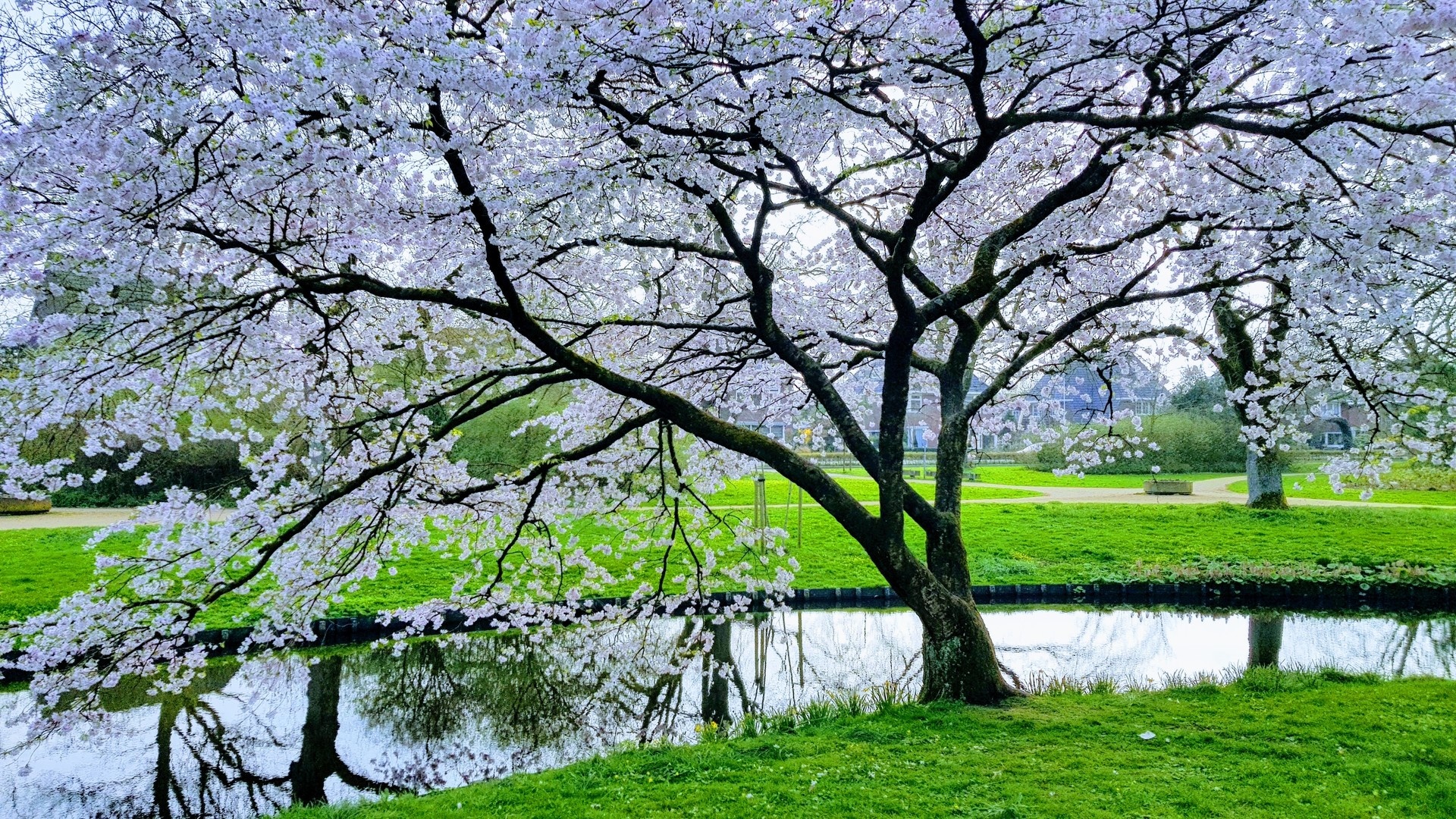- Home
- About Sneek
- Places of interest
- Wilhelmina Park

Wilhelmina Park
The park was designated as a national monument in 1999. This made the Wilhelmina Park the second park in the Netherlands to enjoy national protection, after the Vondelpark in Amsterdam. Both the entire park and parts thereof have been designated as a national monument.
The Wilhelmina Park was constructed in 1898 on behalf of the guardians of the Old Burger Orphanage in Sneek, founded in 1581. The park was located on a piece of land on the north-west side of the city, enclosed between the Franekervaart, the Oude Dijk and the Bolswarderweg and was named after Queen Wilhelmina, who was inaugurated that year. In the second half of the nineteenth century it became common to find some relaxation in one's own environment, in addition to the daytime recreation that was booming at the time. In some cities and villages, the ramparts, which were no longer in use as such and usually had a beautiful landscape, were transformed into walking areas. Sneek did not offer this opportunity: the city was surrounded by canals and built up and the remaining strongholds were too narrow to build walking paths. The orphanage - which traditionally managed the defunct monasteries around and in the city - had wanted to donate a park to the Sneker community for a long time. With the construction of this park, this wish of the orphanage came true. The park was constructed at the expense of the orphanage and was maintained by the municipality, which rented it from the OBW. The trapezoidal park was designed in landscape style by landscape architect Gerrit Lambertus Vlaskamp (1834-1906) from Hardegarijp. The core consists of an island in the middle, which is surrounded by a body of water, to which bulges in the east and west directions give an organic shape. Winding paths, elliptical and bean-shaped beds, smaller water features and two hills have been constructed around the central water feature. The various elements are clearly visible thanks to the inserted sight lines. The originally planted trees have been replaced over time by trees of the same species. Monumental trees include mock acacias, Dutch lime trees, 2 Japanese walnut trees, a swamp cypress, a wingnut, two golden ash trees, elms, a plane tree, a water cypress and a paper birch. In addition to trees, there are also ornamental shrubs, perennials, beds and containers with old agaves.
Parts of the original construction are:
- the park keeper's house
- the memorial monument for Queen Wilhelmina from 1898.
- The aviary designed by architect Geert Stapenséa was installed in 1913.
- The double and covered bench for the elderly of Dangen was designed by municipal architect S. Jellema in 1920 (as was most likely the large natural stone vase).
- These parts, together with the original construction, are under national protection. The wooden bridges, which replaced the original iron bridges, are not protected by the national government.
.JPG)